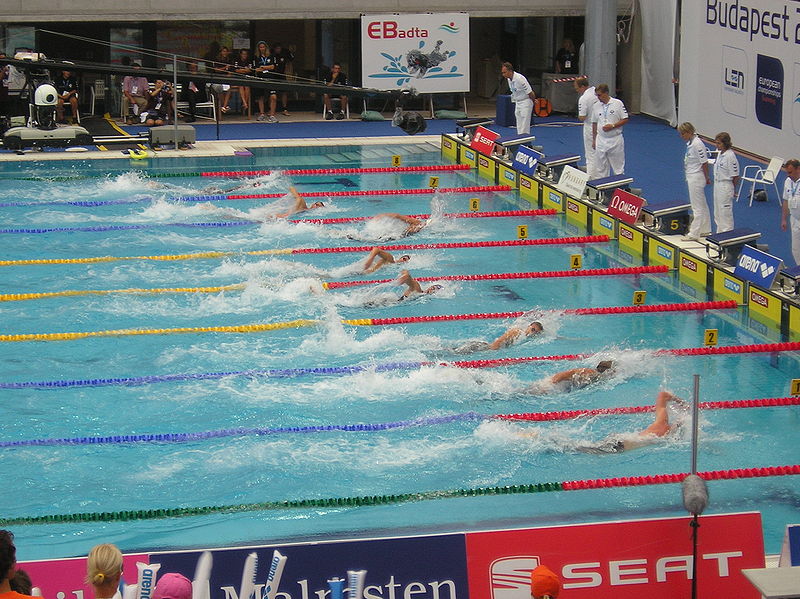It’s the goldilocks principle applied to training – what is the right amount of training load for you? And how far should you progress to optimise your training adaptations and prevent injury?


It’s the goldilocks principle applied to training – what is the right amount of training load for you? And how far should you progress to optimise your training adaptations and prevent injury?



With the warmer weather upon us, many of us will have to start getting used to training in the heat. Training in warm conditions can be an arduous task at times and affect your training intensity and adaptation. However, there are ways to combat this.

High Intensity Interval Training (HIIT) is an increasingly popular way of exercising for aerobic fitness and general health. This rise is for good reason; HIIT has been shown to have a myriad of health benefits, is very time effective and can break up the monotony of continuous, steady state exercise. Let’s have a look at HIIT in closer detail and see how it stacks up compared to steady state exercise.

Swimming is a fantastic way of exercising; it is non-weight bearing, can help improve the strength and flexibility of your muscles and joints, and good for general health. Building on from last week’s article, the fundamentals of freestyle, the tips in this article will have you gliding through the pool effortlessly in no time at all.

You may not realise, but the stroke swimmers use in the freestyle event is actually called the ‘front crawl’. Freestyle means you can swim with any style you like- the fastest stroke just so happens to be the ‘front crawl’. Swimming is a great form of exercise, but many people who have not been taught to swim effectively at a young age can be put off by its technical nature. This article breaks down the fundamental parts of the front crawl to help you better understand and improve your swimming.

Triathlon is an incredibly enjoyable and rewarding sport and is now more popular than ever. However, it can be demanding on the body and occasionally lead to injuries. Given that triathlon consists of three components, it is helpful to break it down into each part. Here’s how an Osteopath at the Competitive Sports Clinic would assess, treat and manage a triathlete.